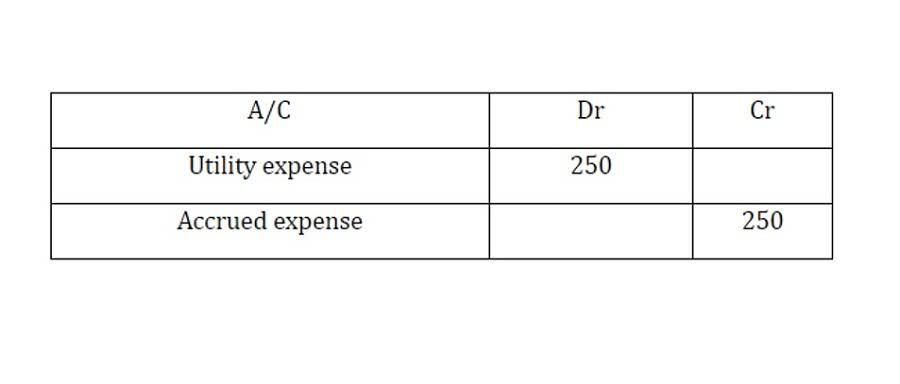
An EFT payment usually takes between one to four business days to process. However, factors like bank processing times, weekends and holidays, and unearned revenue transfer types can impact how long the payment will take. All three methods are used to move money from one account to another, which can lead to the assumption that they’re the same. Under Canadian law, financial institutions are required to report certain types of EFT transactions to FINTRAC.
How Long Does EFT Payment Take to Get Clear?
The difference between EFT and ACH transfers is really a matter of specifics. ACH transactions, which are electronically transferred funds, are a type of EFT, but not all EFTs are ACH transfers. However, EFT is more broad, as it also involves point-of-sale (POS) transactions and the use of debit and credit cards. Today, all major financial institutions in the U.S. support ACH transactions to facilitate EFT processing and billing. The term “EFT” stands for “electronic funds transfer.” By definition, it is a blanket term for electronic transfers for payment processing.
Benefits of electronic fund transfers (EFTs) for businesses

It’s a quick and secure method, making it particularly useful for large or urgent transactions. However, this speed comes at a cost, with fees of $10-$50 per outgoing transfer. In the aftermath of demonetisation, people are more likely to use different types of electronic funds transfer mechanisms to make monetary transactions. Mobile and laptop devices make it convenient to conduct online fund transfers via mobile devices, enabling users to conduct transactions from the comfort of Sales Forecasting their homes or workplaces. By utilising IFSC Codes, these methods overcome geographical limitations, ensuring seamless money transfers.
What is Electronic Fund Transfer?
- You still need to be on the lookout for ACH fraud and other fraud attempts that rely on social engineering, manipulating people into sending money unnecessarily or to the wrong destination.
- These transactions are secure, efficient, and reduce the risk of missed or late payments.
- B2B EFT payments often include wire transfers, ACH transfers, and electronic invoicing systems.
- ACH payments are typically used for direct payments like payroll direct deposits and recurring payments you make each month to companies for your utilities and rent.
- Many businesses allow their customers to pay invoices via direct deposit.
- A one-time EFT payment is a type of payment initiated with a company that does not involve your debit card or banking information.
Usually, the ACH credit and debit payments are sent and processed via the ACH network. This network is supervised by NACHA and managed partly by the Federal Reserve. All ACH payments are regarded as EFTs, but not all EFTs are considered ACH payments.
- Banks offer various EFT options, such as wire transfers, pre-authorized debits, and Interac e-Transfers.
- P2P payments are typically made using a mobile app or online service, and the funds are transferred directly between the two parties.
- Electronic fund transfer has revolutionized the way we handle financial transactions, offering utmost convenience, accessibility, security, and cost-effectiveness.
- An EFT credit means funds have been deposited into your account (e.g., tax refunds or benefits).
- However, EFT is more broad, as it also involves point-of-sale (POS) transactions and the use of debit and credit cards.
Globally, EFTs are the primary source of sending and receiving payments. EFT payment processing gives businesses an edge when it comes to business and customer relations and cash flow. By understanding what is an eft the EFT payment meaning and how the process works, you can benefit from using this type payment processing and increase your influence online and offline.

Also, most employers today prefer to pay their employees via direct deposit. As for bank transfers, you can transfer money to your family and friends through your bank mobile app. Before we talk about the types of electronic funds transfers, let’s discuss the meaning of EFT.

Mobile payment applications such as Venmo, PayPal, Cash App, and Zelle are becoming increasingly popular methods of EFT (Electronic Funds Transfer). These apps allow users to send and receive money electronically using smartphones or other mobile devices. The funds are withdrawn from or deposited into linked bank accounts or digital wallets. Mobile payment apps have revolutionized peer-to-peer transactions and small business payments by offering instant and user-friendly EFT (Electronic Funds Transfer) solutions. These services are secure and often protected with encryption, multi-factor authentication, and other security features.
Card-based payments, such as credit card or debit card transactions, are another type of electronic fund transfer. These transactions typically involve the use of a payment gateway or merchant account to process the payment and transfer funds between accounts. Yes, a wire transfer is one of the most secure types of EFT (Electronic Funds Transfer) transactions. Wire transfers involve the direct transmission of funds from one bank to another and are commonly used for large sums or international payments. Banks verify the identities of both the sender and the recipient before processing the transaction. Wire transfers require specific banking information such as routing and account numbers, which adds an extra layer of authentication.

Leave a comment